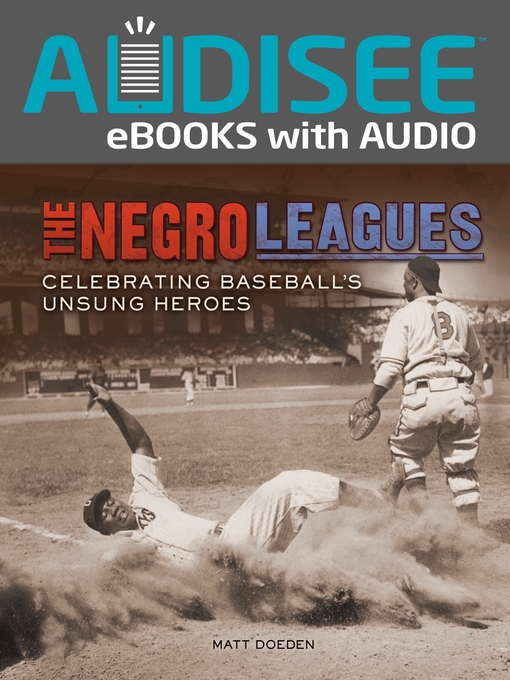- No wait, no problems
- Middle Grade Books You'll Love!
- Page-To-Screen For Kids!
- Comics, Graphic Novels, and Superheroes!
- Exploring With Nonfiction!
- #WeNeedDiverseBooks
- What's new?
- Popular titles
- Check these out!
- Cupcakes, Sandwiches, Tacos and More!
- Mine a Good Book
- See all ebooks collections
- What's new?
- Tales, Myths and Legends
- No wait, no problems
- Check these out!
- See all audiobooks collections




